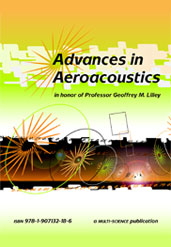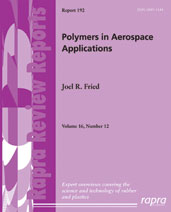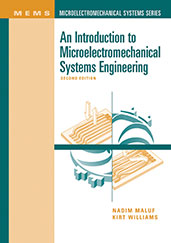Article
Collins Aerospace will provide avionics and synthetic vision for the supersonic X-59 QueSST
2019-01-31
The X-59 utilizes a long and slender airframe to achieve supersonic speeds without causing a high decibel sonic boom. The unconventional design precludes the use of a forward-looking window or viewport.








